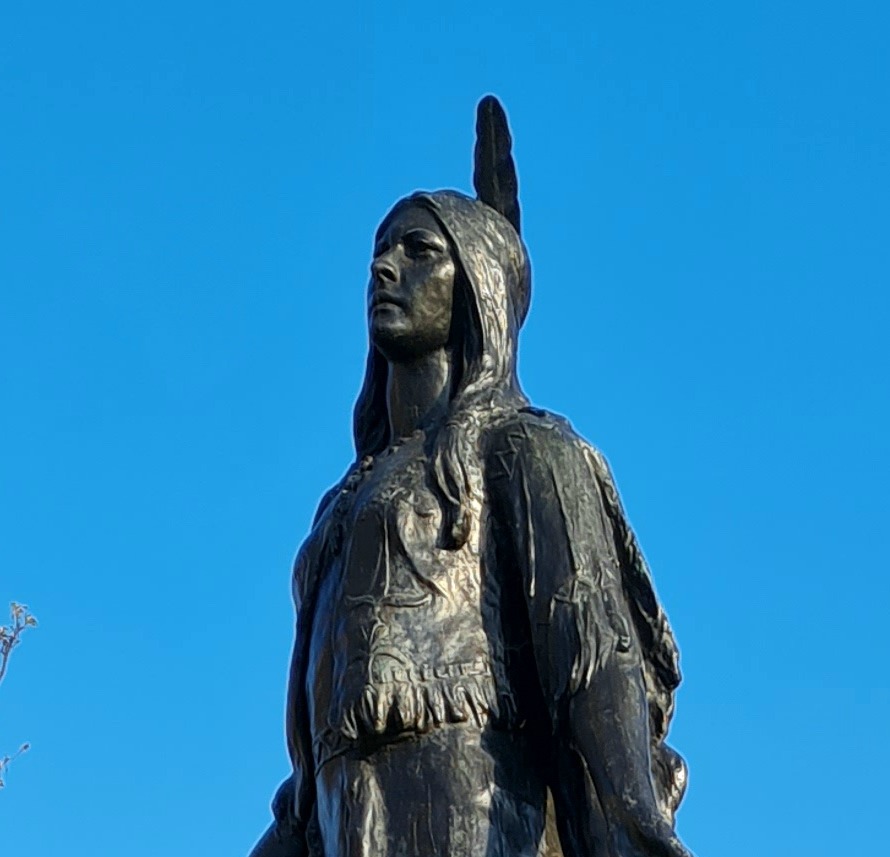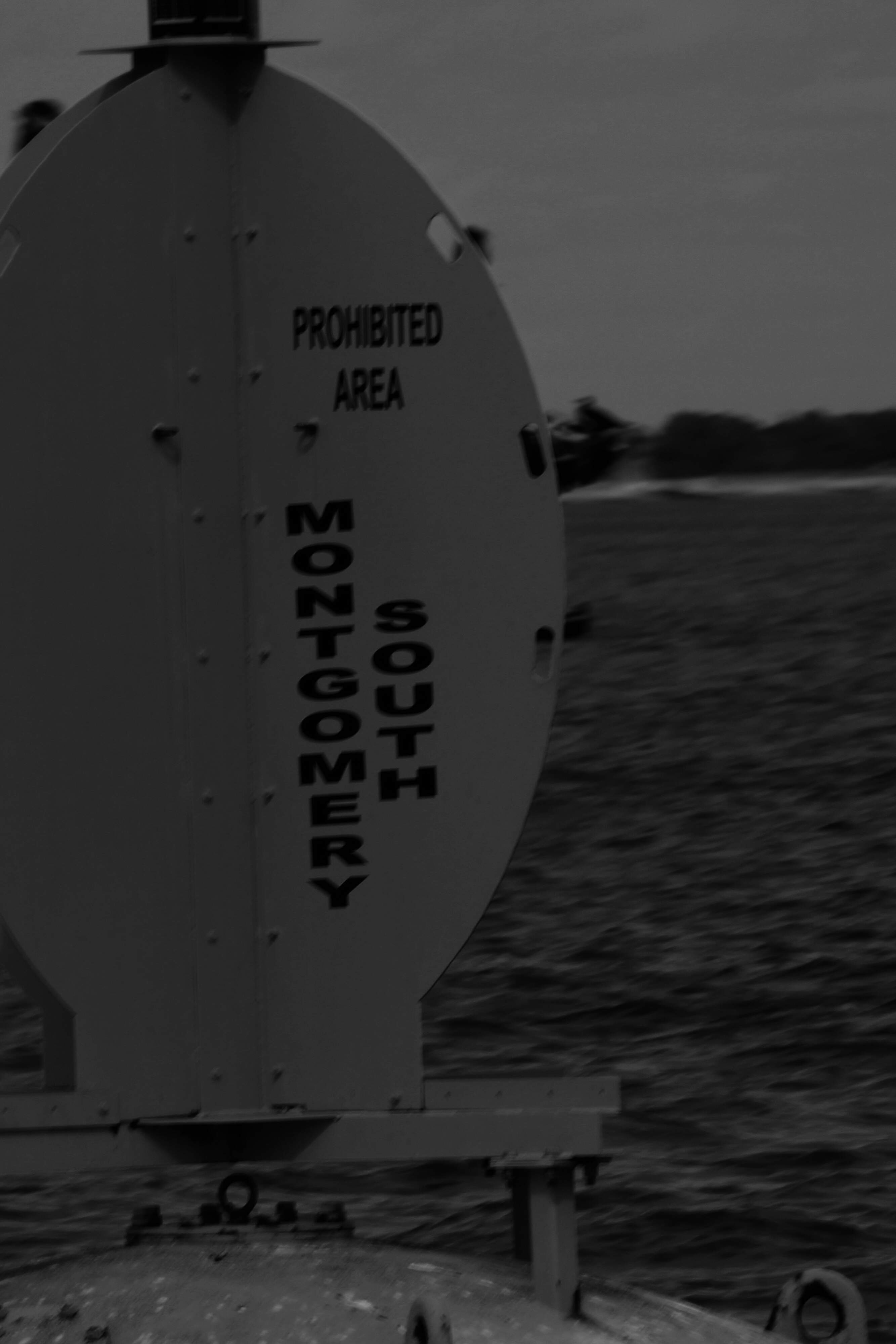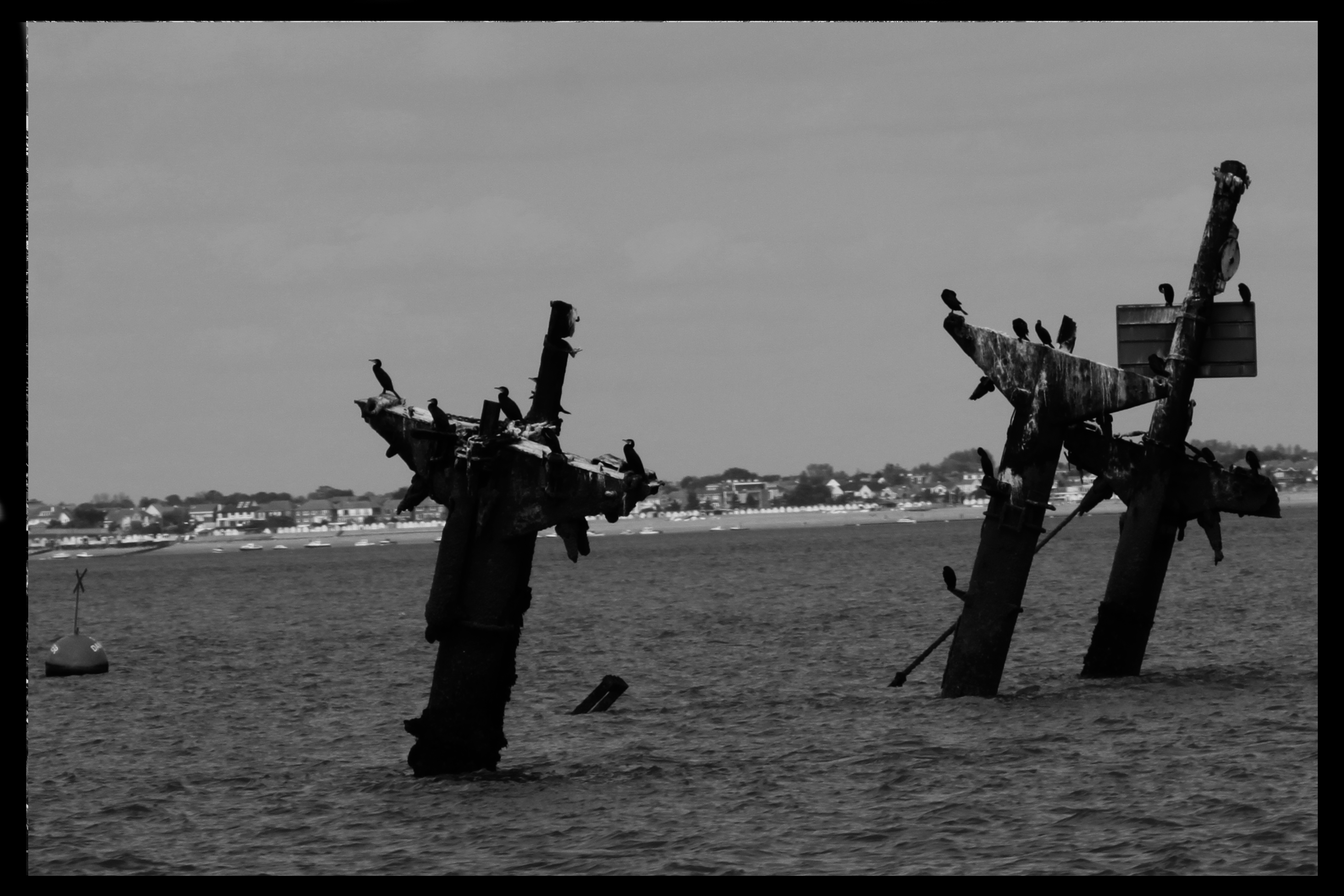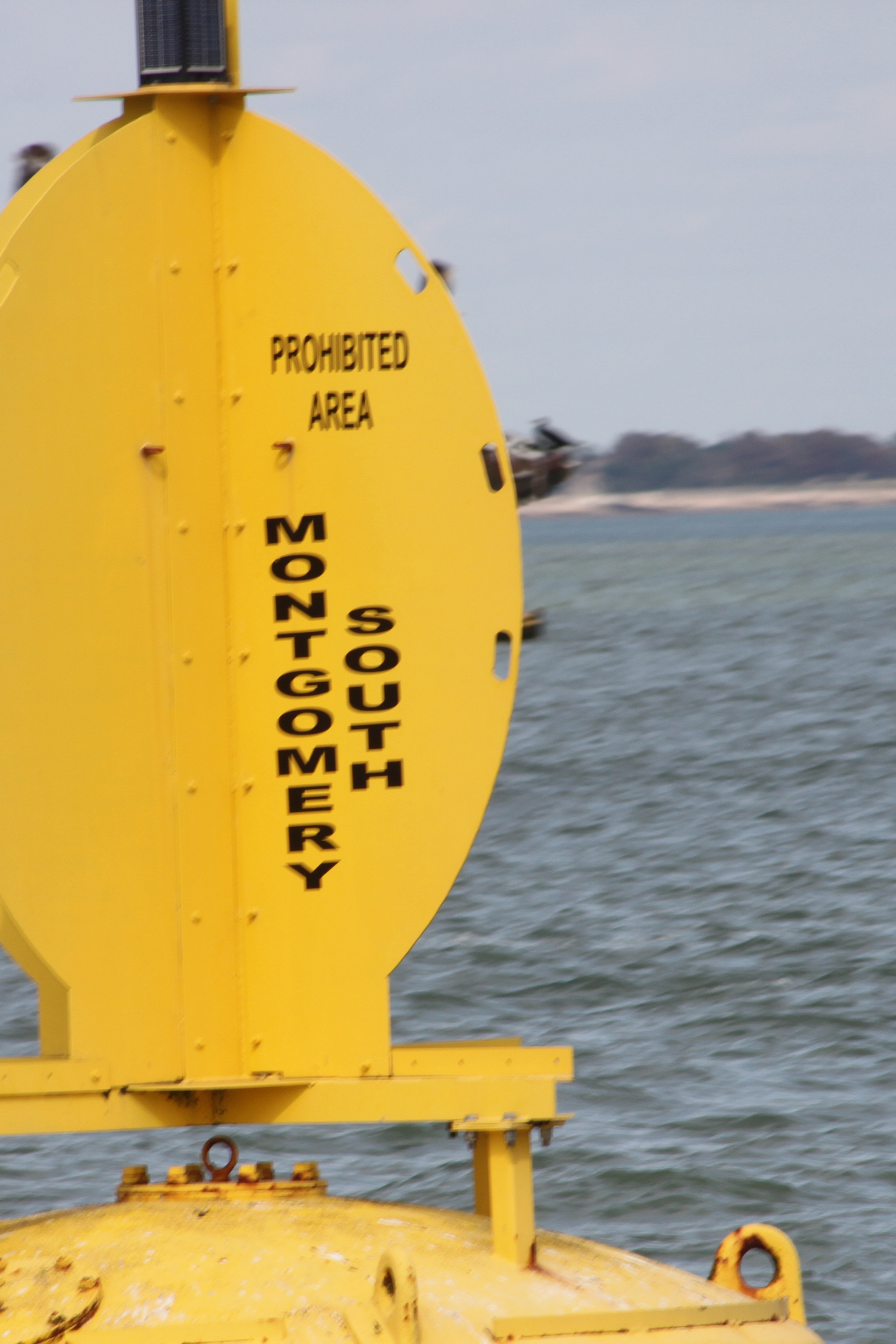Mentioned in the Domesday Book (1086) Gravesend in Kent has been on the map for quite sometime. Back then it was in the hands of Bishop Odo of Bayeux, the half brother of William The Conquer. Gravesend is located near the route of the old Roman road of Watling Street, linking London and south eastern Kent. One theory behind the name ‘Gravesend’ is its likely to have originated from ‘grafs-ham’—the home of the reeve of the bailiff of the Lord of the Manor. Another, that ‘graf-ham’ means ‘at the end of the grave’ and derives from the Saxon ‘Gerevesent, the end of the authority of the Portreeve (which was the Chief Town Administrator).
Although this is all interesting, what drew us into Gravesend? That’s simple.
Pocahontas.
Princess Pocahontas Statue, St George's Church, Gravesend
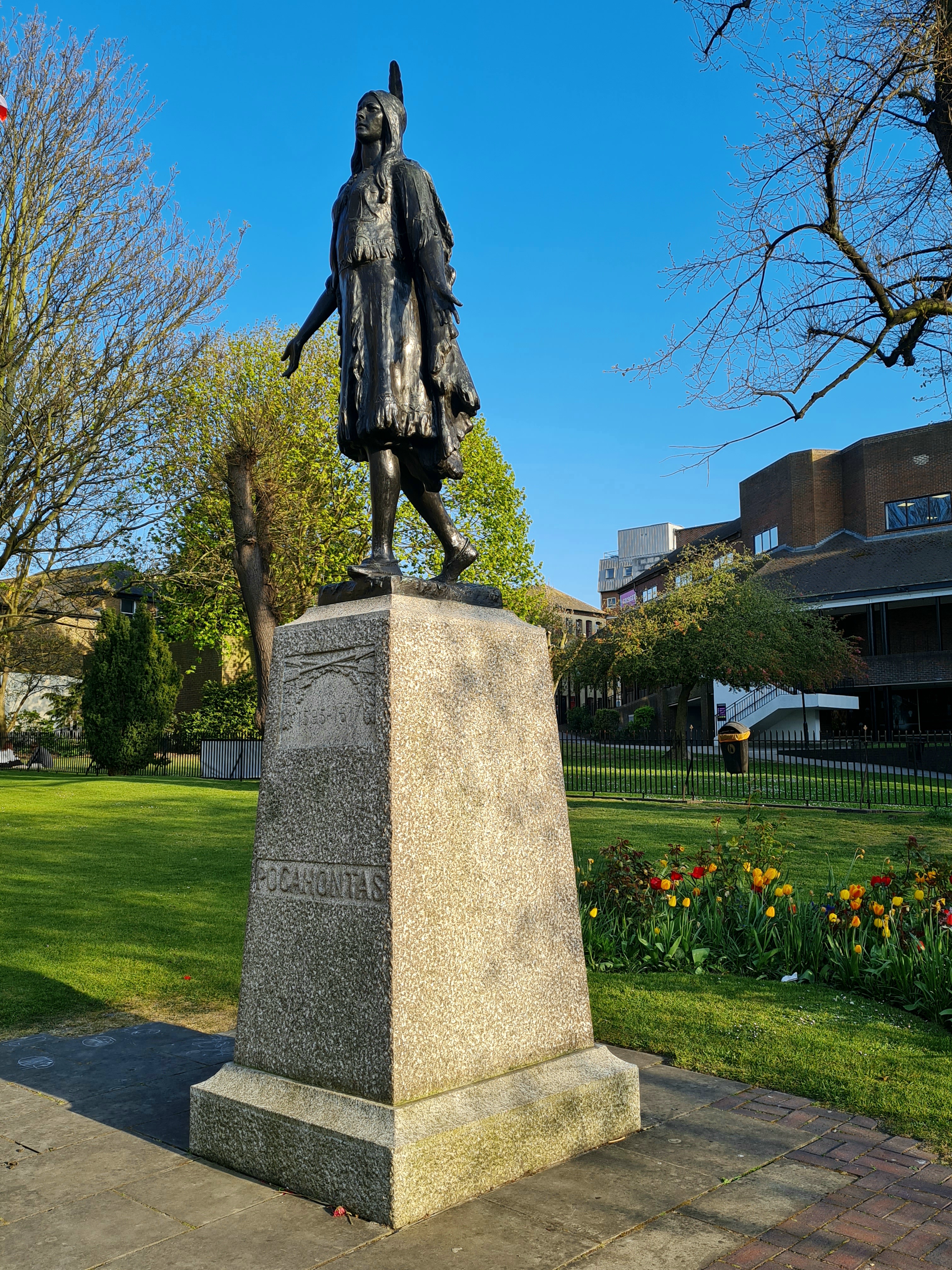
Yes, you read correctly. A statue Princess Pocahontas stands proud at St George’s Church in Gravesend, erected to mark the four-hundred-year anniversary of her death. But why the Gravesend connection to Jamestown princess?
Pocahontas had saved the life of her colony leader, Capt John Smith by pleading with the people to spare his life. Converting to Christianity and marrying another settler she changed her name to Rebecca Rolfe. During a propaganda tour to England designed to raise much required monies for their struggling colony Pocahontas fell ill. It’s believed she had either tuberculosis or flu and when the ship she was travelling on docked at Gravesend she was taken ashore. Such diseases were unknown to the colony and thus their people had no immunity to them. Pocahontas, it’s believed, was only around 23 when she died.
Buried at St George’s Church in Gravesend, Pocahontas’ grave was lost during the fire that destroyed the site in the 18th century. The statue that stands in the grounds of the new church echoes the one in honour of her in Jamestown and was built in 1975.
A second memorial to the settlers, in the form of a brass plaque, was on the dockmaster’s house at Blackwall Quay. It commemorates the 105 settlers who left for Virginia in three small ships: The Susan Constant, The Godspeed and Discovery, 1606. Struck with famine and disease along with battles with the native Americans. Just sixty remained after three years. James Rolfe, with seeds of the tobacco plant arrived in 1610, which would become Virginia’s most famous crop. Rolf became Pocahontas’ husband.
Destroyed in the blitz, the plaque is now fixed to a stone monument.
